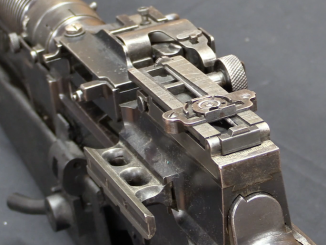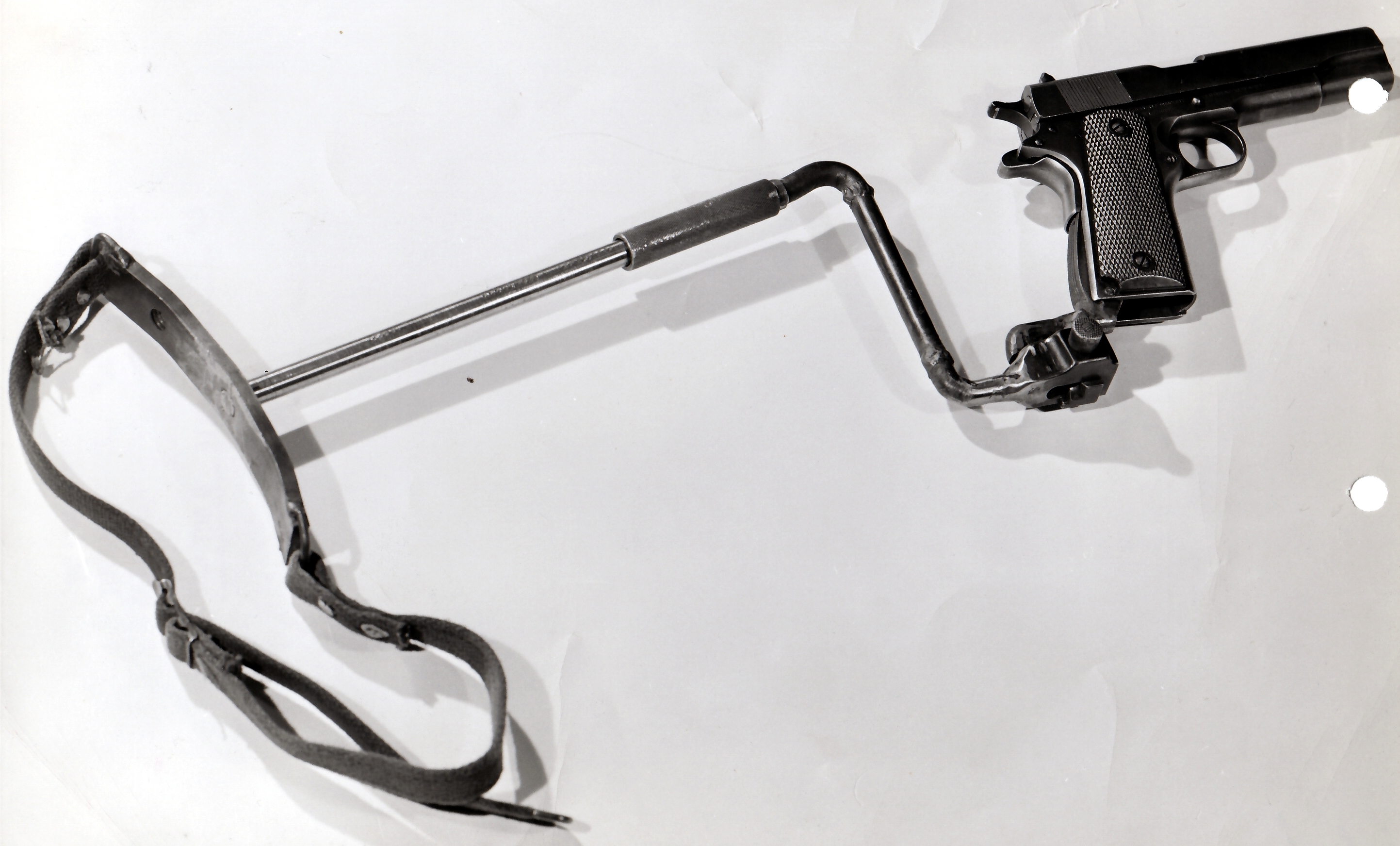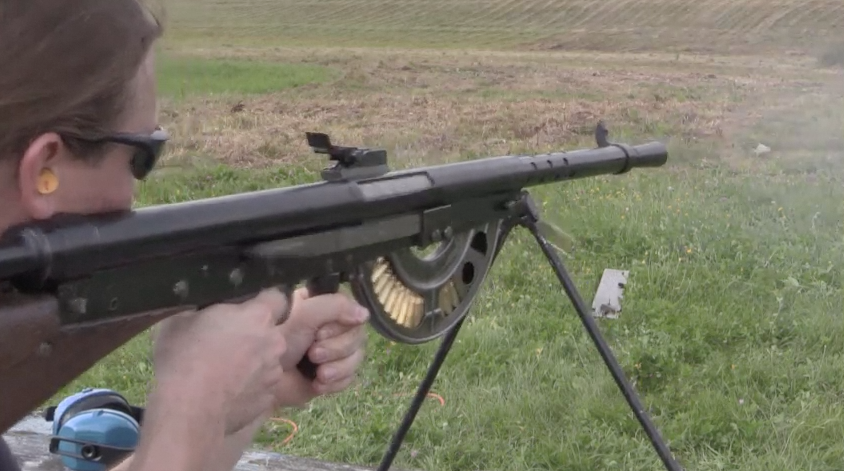Charles Alsop patented the Alsop revolver design in 1861 and 1862, and produced it in two varieties – a .36 caliber Navy and a .31 caliber Pocket. The two were made in a single serial number range, with about 500 Navies and 300 Pockets. This Alsop Pocket is in excellent condition, and shops us a glimpse of what one of these revolvers would have looked like out of the factory, with a mixture of deep bluing, strawing, and case hardening.
The Alsop design is similar to the Savage Navy revolver, which is not a surprise when one notices that several members of the Alsop family were stockholders in the Savage enterprise. The Alsop revolvers proved too expensive to be commercially sustainable, and the company additionally faced difficulty in keeping skilled workmen employed in the face of competition from other factories in the area.




Say hello to my little friend! I still have to ask how those old bullet diameters came about. I recall that many bullets and cannonballs were classified by their weights. And if that’s the case, what’s the weight of a .31 caliber ball of lead?
“weight of a .31 caliber ball of lead”
For diameter vs mass chart see post from 05-18-2010, 03:23 PM here:
http://www.bersachat.com/forums/showthread.php?1558-Round-Ball-Weight-Diameter-to-Grains
.310 diameter ball mass is 45 grains
The Alsop revolvers seem to have been a simplification of the Savage revolvers. They deleted the quirky and fragile double-trigger “faux double action” in favor of a simple Colt or Remington-style thumb-cocked single action system. Fewer parts, less chance of malfunction.
Incidentally, while it looks a lot like the British Tranter double-trigger system, never, ever try to fire the Savage by pulling both triggers together, as can be done with a Tranter. The Savage is actually a single-action revolver, using a system very like that of the Paterson Colt carbines and shotguns, which used a ring “trigger” ahead of the actual trigger guard to operate a slide that cocked the shrouded internal hammer.
The Savage in all models must be first cocked by pulling back on the lower trigger, and then fired by squeezing the upper trigger. Attempting to fire it like a Tranter in DA mode will damage or even wreck the action.
That said, the Savage was a decent cavalryman’s weapon, simply because unlike a thumb-cocked single-action, you didn’t have to change your grip to recock it. Ironically, the largest purchaser of the Savage revolver during the American Civil War was the United States Navy, who issued it to the Marines.
The Marines tried it, returned the Savages to store, and drew Remington revolvers instead.
cheers
eon
“That said, the Savage was a decent cavalryman’s weapon, simply because unlike a thumb-cocked single-action, you didn’t have to change your grip to recock it.”
In that context I start wondering about Webley Longspur percussion revolver: http://www.horstheld.com/0-Cox.html
What would happen if someone try to at one time squeeze trigger and cock hammer?
“Fewer parts, less chance of malfunction.”
This is good chance, but I am wondering: does Savage design to be developed into “normal” double-action-only design (to fire just squeeze trigger, to fire again squeeze trigger again and so on)?
There could be another reason why production of these revolvers stopped.
It seems to break Rollin White 1855 patent where the cylinder chamber is drilled all the way through!
Ian, have a look at how percussion nipples attach to the cylinder…. you would not be able to mill it this way…. should be a drilled through cylinder chambers with screwed in plugs where each plug is holding a percussion cap nipple => could be patent breakage issue from Rollin White to stop production and could be the only example to break White’s “drill through cylinder” patent to make a percussion revolver, rather then a cartridge handgun!